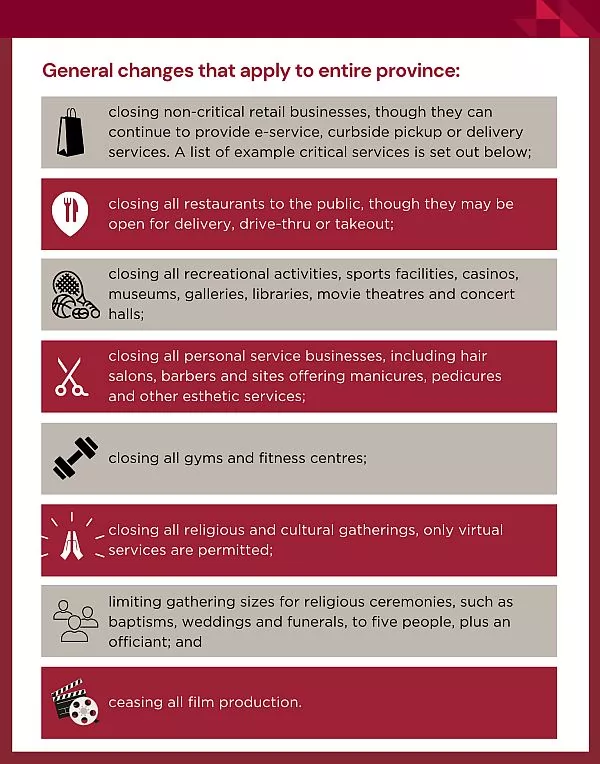In the context of resource consent applications, people often consider themselves to be affected by activities occurring in close proximity to their properties. However, whether a person is "an affected person" under the Resource Management Act is a complex question – there is no one size fits all. Notification of every application for resource consent will be determined by the consent authority on a case-by-case basis and the outcome of whether a person is deemed to be affected hinges on the level of the proposal's effects on the person.
This complex issue was considered by the High Court in a recent judicial review case McMillian v Queenstown District Council1. The High Court concluded that the District Council's decision to grant resource consent for a residential dwelling on a non-notified basis was lawful. From this it flowed that the immediate neighbours – the McMillians – were not deemed an affected party.
The facts
The McMillans were concerned to learn that a new dwelling was to be erected on neighbouring land. They engaged an advisor who wrote to the Council alerting the processing officer to the fact that the McMillians considered themselves to be adversely affected and explaining the extent of their concerns. However, the Council decided the effects on the McMillians were less than minor.
The McMillan's raised various concerns in relation to the proposed dwelling including the shadowing effect of the new dwelling, loss of views, and concern regarding the level of earthworks and vehicle access that were proposed as part of the proposal. The relevant issues that required consent were:
- a breach of the prescribed District Plan height limit relating to the eastern elevation, which was the closest to the McMillians' property. Breaches to the height limit were limited to two small areas of the balustrading on level 2 and 3 and the northeast corner of the level 3 bedroom;
- the building footprint exceeded the prescribed District Plan 40% site coverage by 6%;
- the level of earthworks required; and
- vehicle access onto Peninsula Road.
The law
When considering whether to notify an application for resource consent a consent authority has three options: non-notification, limited notification or public notification. A consent authority must publicly notify an application if it decides that the proposal will, or is likely to have adverse effects on the environment that are more than minor. When making this assessment the consent authority must disregard effects on persons who own or occupy adjacent land.
The effects of a proposal on adjacent owners or occupiers are addressed through a process of limited notification, whereby if the consent authority decides not to publicly notify an application it must then be satisfied that no persons are affected in a minor way i.e. the effect on any person must be less than minor. The High Court has clarified that the term "less than minor" means an effect that is insignificant and one that is objectively acceptable in the receiving environment and to a potentially affected person.
In summary
The McMillan's case serves as a reminder that neighbours will not be considered to be "affected" in all cases. An assessment needs to be made as to whether the potential adverse effects generated by the proposal (on the person) can objectively be considered to reach the "minor" threshold. If so, and only then, is it likely that a neighbour will be deemed an affected person.
Moral of the story – seek legal advice as soon as you receive knowledge of a proposal on neighbouring land. It is possible to take steps to preserve your right to be notified of any resource consent application but these steps need to be in advance of Council making a notification decision.
Footnote
1 [2017] NZHC 3148
The content of this article is intended to provide a general guide to the subject matter. Specialist advice should be sought about your specific circumstances.

